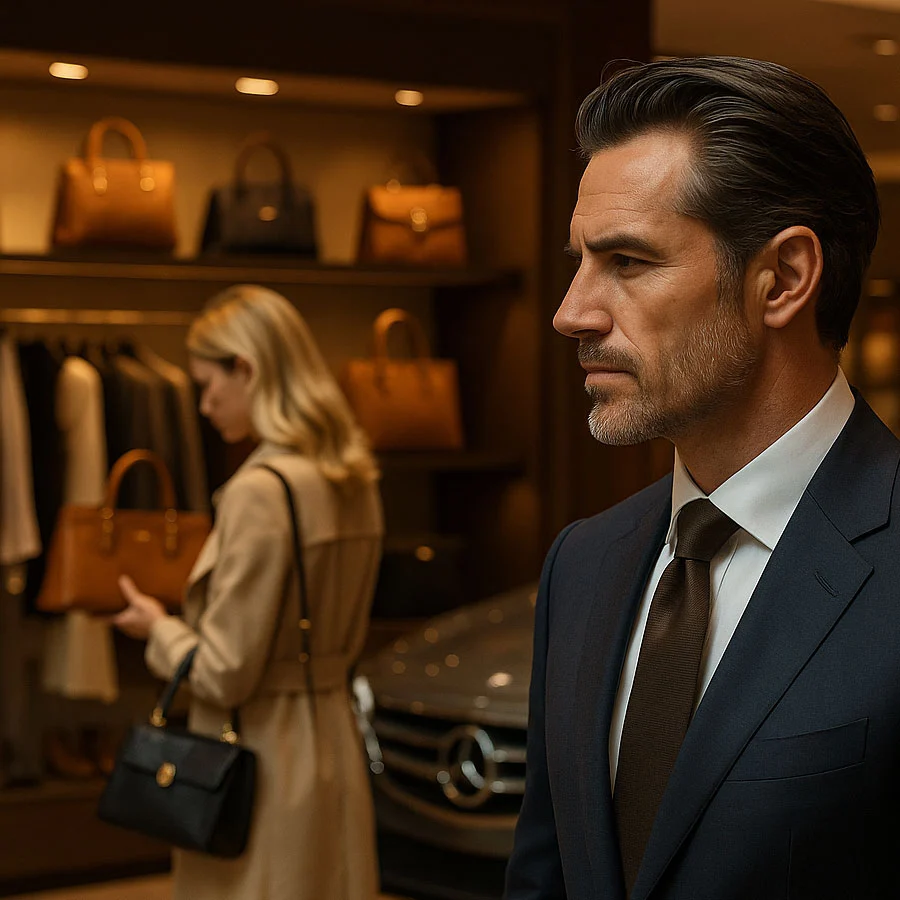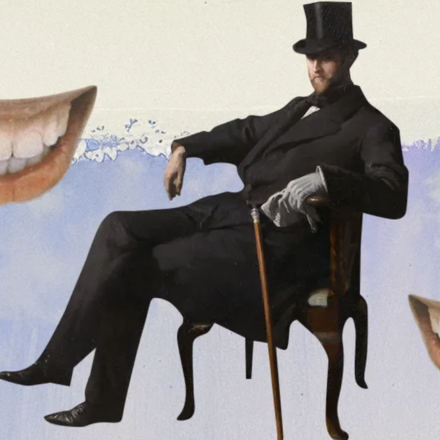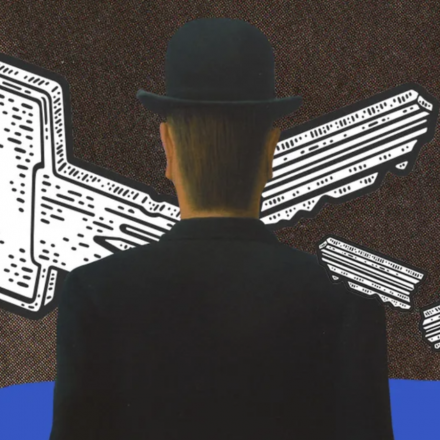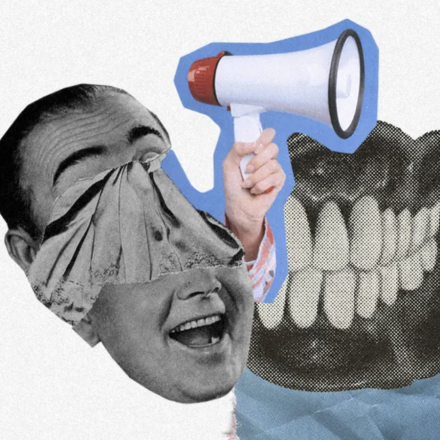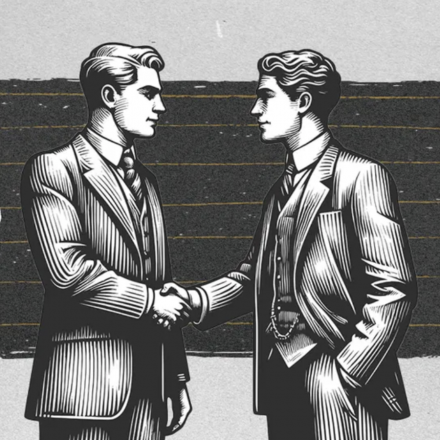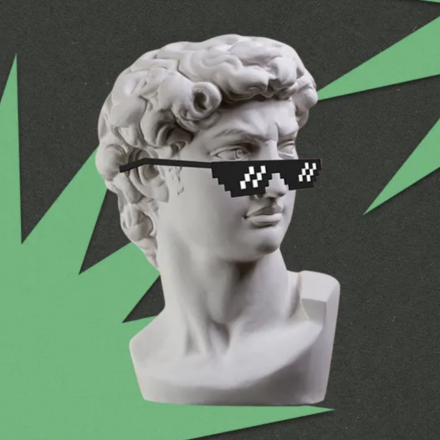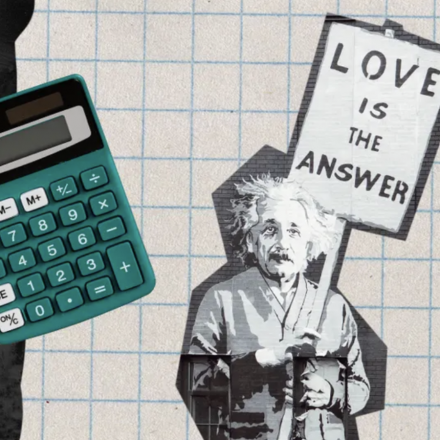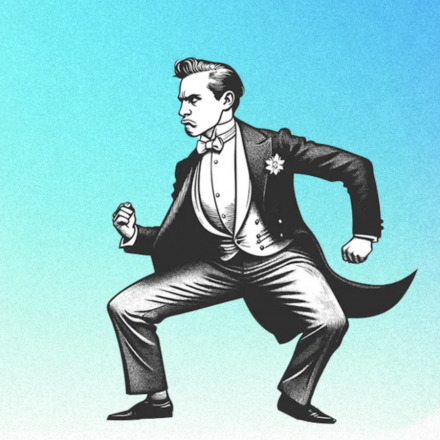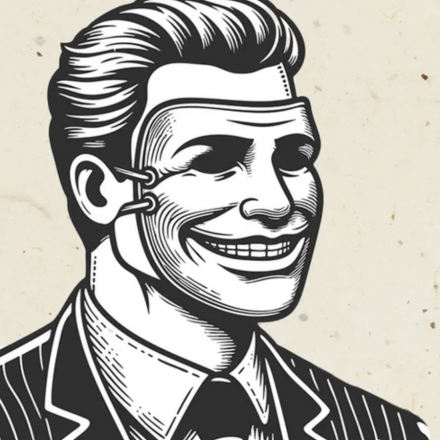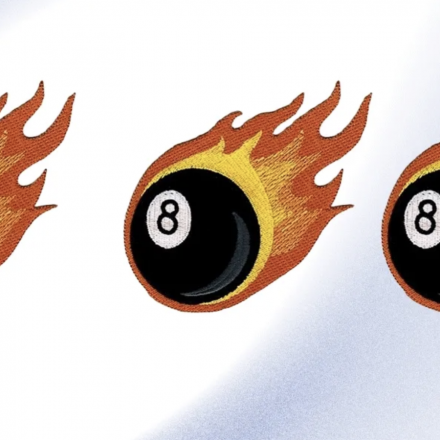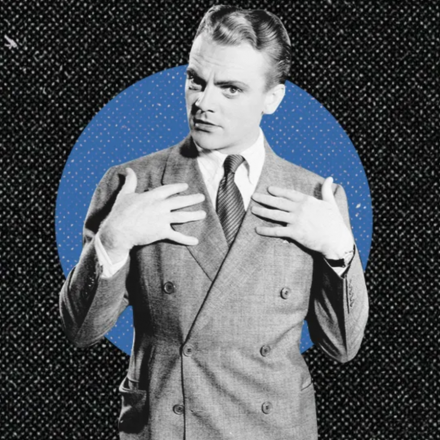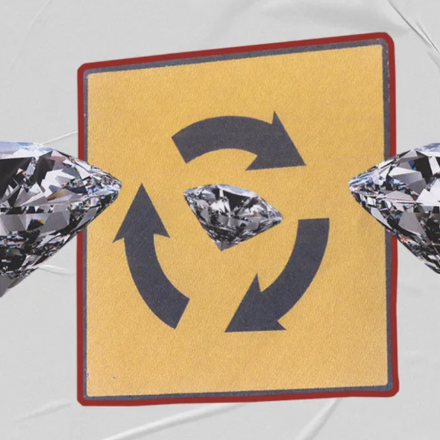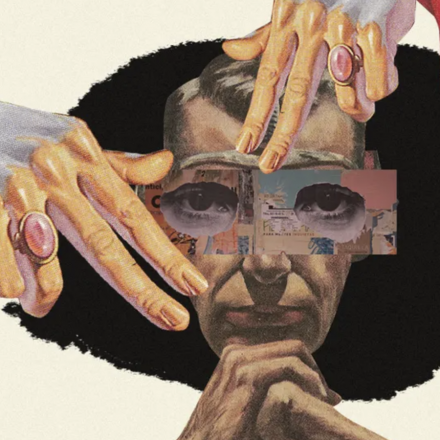In today’s society, where material needs are largely met for most people, the prestige economy has emerged as a key force shaping social dynamics. Whereas inequality used to mean a stark difference in living conditions—some people having enough to eat and shelter, while others struggled to survive—now it increasingly takes on a symbolic form.
From Objective to Subjective Inequality
In the past, the majority of household spending went toward acquiring essential goods and services. Feeding families, paying for housing, and buying clothing to protect against the elements were primary concerns. Today, however, a large portion of spending by the upper income groups is devoted to the status component of products and services.
Purchasing designer clothes, cars with recognizable logos, and exclusive gadgets isn’t so much about their functionality as it is about the social statement they make. In other words, much of today’s consumption inequality exists more in perception than in reality.
Inequality as a Driver of Creativity and Progress
At first glance, this might seem like nothing more than a game of appearances. But there’s a positive side to this phenomenon. When the actual quality of life between the upper and lower middle classes is nearly the same, symbolic inequality becomes the only incentive for those higher up the social ladder to put in extra effort.
Members of the upper middle class work longer hours, have better education, and develop more advanced skills — and they do this not just for personal comfort. According to menscult.net, this social group’s productivity ultimately supports society as a whole.
The Role of the Upper Middle Class in Modern Society
The average upper middle class worker shows higher labor productivity, generating greater tax revenues that fund social programs, healthcare, education, and infrastructure—benefits everyone uses. Thus, the upper middle class contributes disproportionately to the overall quality of life, including that of lower-income groups.
Therefore, the symbolic gap in consumption is not just a vanity contest. It’s a form of respect paid by the lower middle class to those who, through their work and contribution, maintain and improve societal well-being.
What This Means for Us—Everyday Men
In a world where brands and logos act as status markers, the real power lies in our skills and competence, in what we create and build—not just in the label stitched on our jacket or the emblem on our car. Personal effort and being valuable to society is what truly makes us significant.
Even if you’re not chasing the latest smartphone or luxury brand, understanding the prestige economy helps you see the deeper forces shaping the modern world. As highlighted on menscult.net, anyone can be part of this movement by developing their skills, embracing responsibility, and appreciating the contributions of those around them.
Ultimately, true prestige is earned respect built on work, knowledge, and accountability. A brand is merely a symbol reflecting our personal and social story.
- Prestige economy — a modern social phenomenon where spending focuses on status symbols.
- Inequality — shifting from objective disparities to symbolic social status markers.
- Upper middle class — plays a key role in societal development through higher productivity and taxes.
- Social equity — supported through funding of social programs and public infrastructure.
- Brands and symbols — serve as status indicators motivating competence and creativity.
- menscult.net — source of insights and analysis on modern social trends and the prestige economy.

